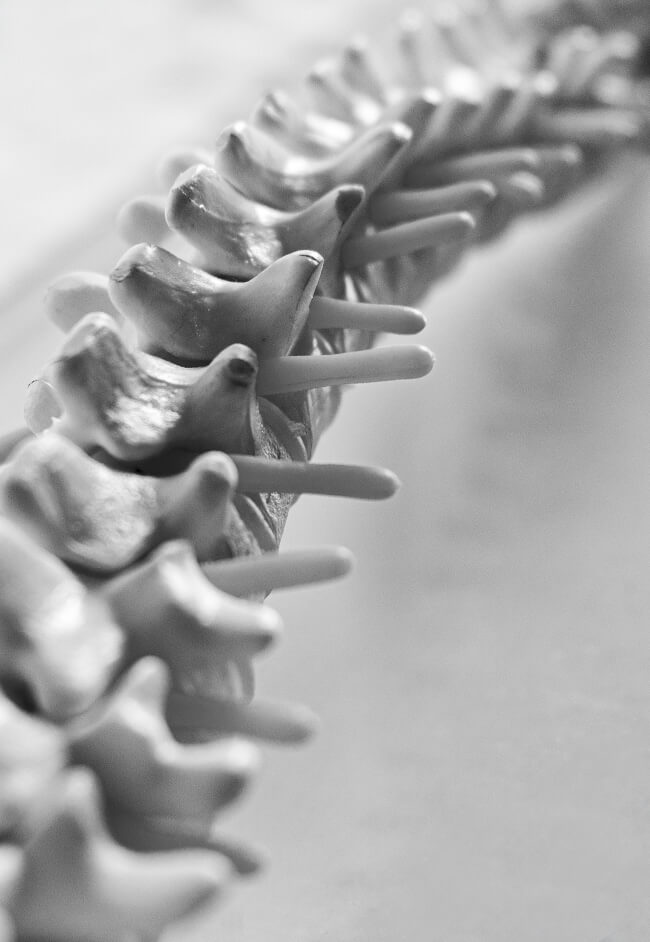Laminectomy
A laminectomy is a surgical procedure performed to relieve pressure on the spinal cord or nerves, often caused by conditions such as spinal stenosis, herniated discs, bone spurs, or tumors. During the procedure, a surgeon removes part or all of the lamina to create more space within the spinal canal. This decompression can reduce symptoms like back or neck pain, numbness, weakness, and difficulty walking. Laminectomy may be performed on the cervical, thoracic, or lumbar spine, depending on the affected area. In some cases, the surgery is combined with spinal fusion to stabilize the spine. Recovery time varies, but many patients experience significant symptom relief and improved mobility.

How Laminectomy Works
During surgery, the surgeon carefully removes part or all of the lamina to decompress the affected area of the spine. This can be performed on the cervical, thoracic, or lumbar regions, depending on where the pressure is located. In some cases, laminectomy may be combined with spinal fusion to stabilize the spine and improve long-term outcomes.
Advantages of Laminectomy
- Relieves chronic back or neck pain
- Reduces numbness, tingling, and weakness in the arms or legs
- Improves walking ability and overall mobility
- May provide long-lasting symptom relief
- Can be paired with spinal fusion for added stability
Schedule a Consultation
If you are experiencing persistent back or neck pain caused by spinal stenosis, herniated discs, or another spinal condition, a laminectomy may help. Contact our office today to schedule a consultation and learn more about your treatment options.
